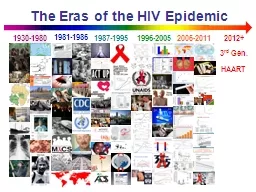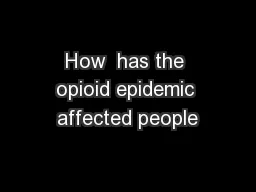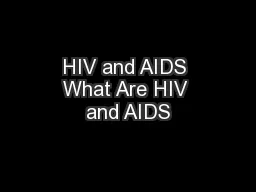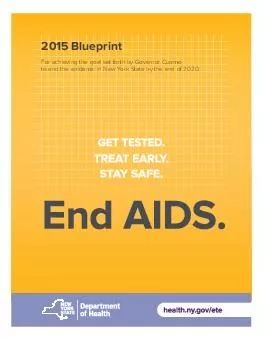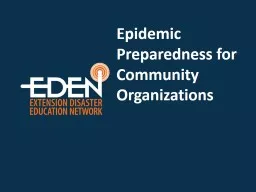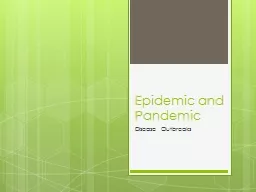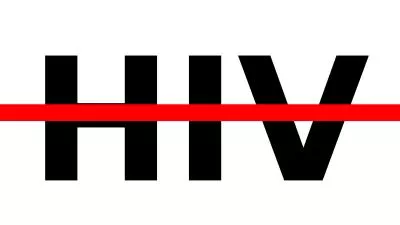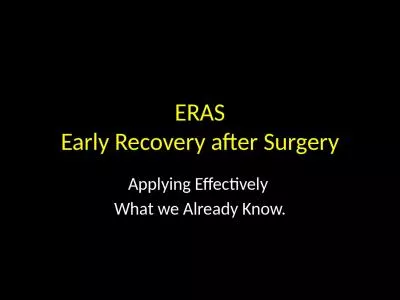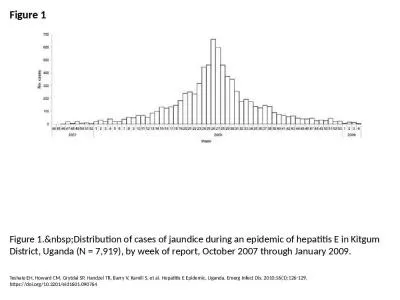PPT-The Eras of the HIV Epidemic
Author : relylancome | Published Date : 2020-06-24
19811986 19871995 19962005 20062011 2012 3 rd Gen HAART 19301980 THE FUTURE OF ANTIRETROVIRAL THERAPY 3 rd Generation Future HAART 2012 New drugs INSTI Elvitegravir
Presentation Embed Code
Download Presentation
Download Presentation The PPT/PDF document "The Eras of the HIV Epidemic" is the property of its rightful owner. Permission is granted to download and print the materials on this website for personal, non-commercial use only, and to display it on your personal computer provided you do not modify the materials and that you retain all copyright notices contained in the materials. By downloading content from our website, you accept the terms of this agreement.
The Eras of the HIV Epidemic: Transcript
Download Rules Of Document
"The Eras of the HIV Epidemic"The content belongs to its owner. You may download and print it for personal use, without modification, and keep all copyright notices. By downloading, you agree to these terms.
Related Documents

